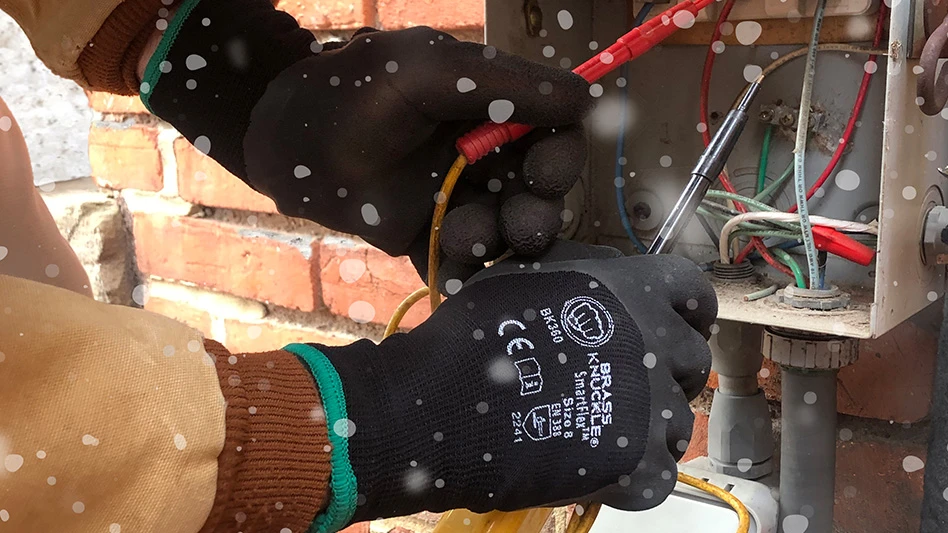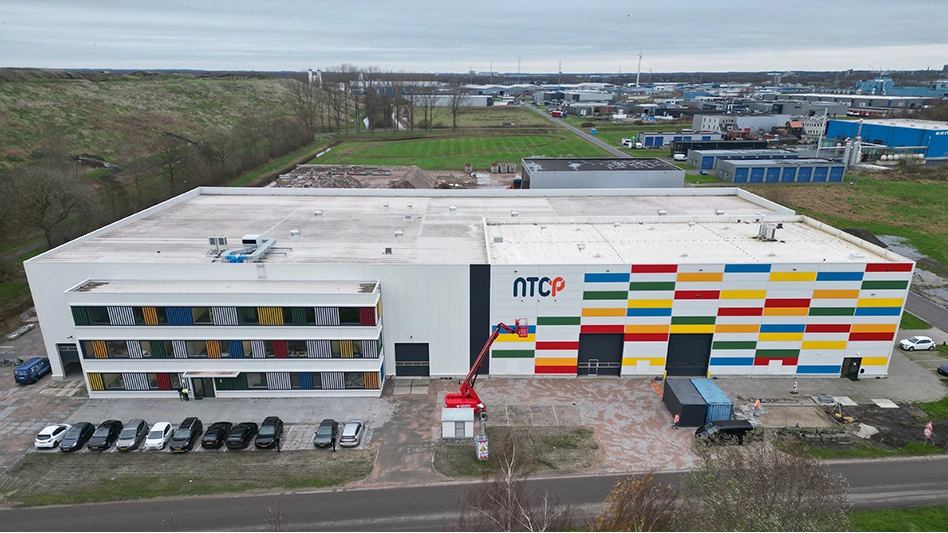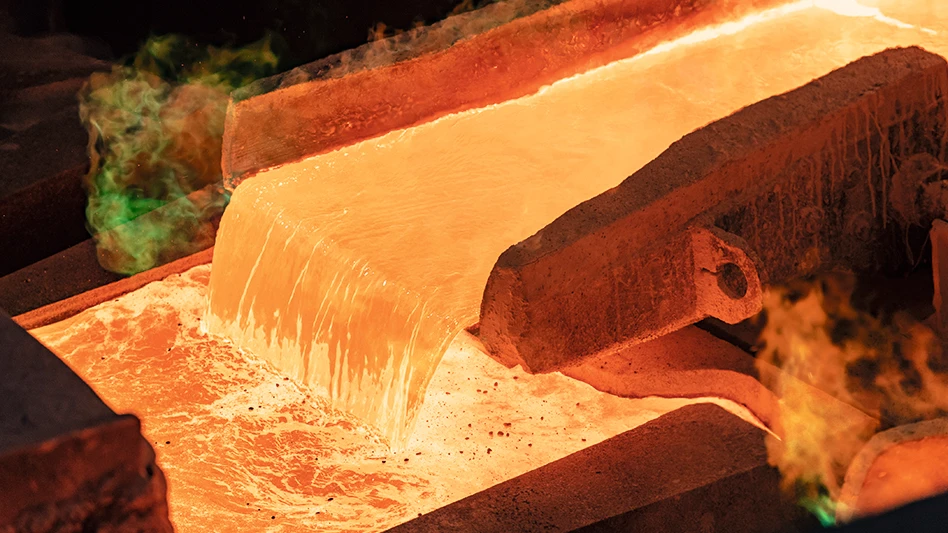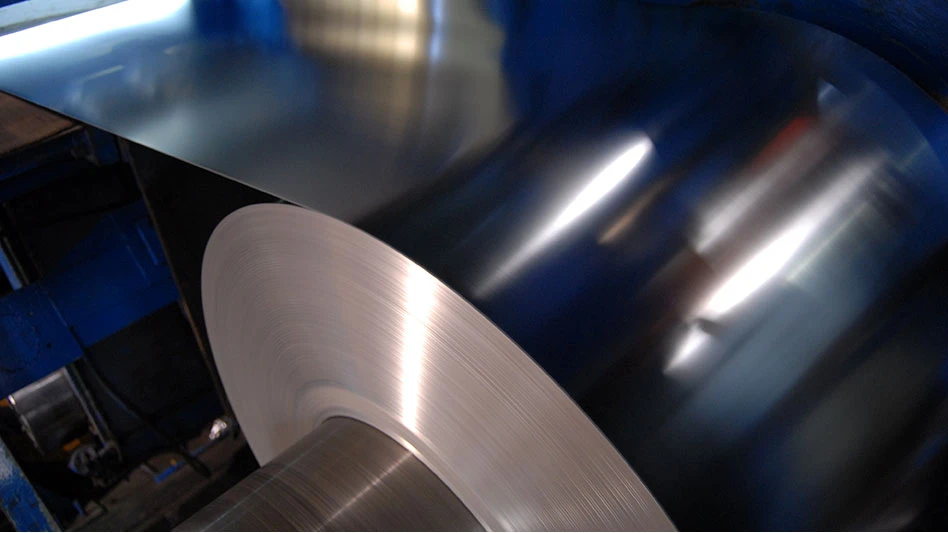
Recycling Today archives
As recession rumors continue to circulate and the inflation rate remains high, sources say the U.S. metals industry has responded by more tightly managing inventories.
Brian Shine of Manitoba Corp., Lancaster, New York, says his company’s customer base of copper consumers is reading the headlines about a coming recession and adjusting scrap purchasing accordingly. Earlier in the pandemic when companies were addressing supply chain issues, they moved from a just-in-time approach to inventory to a just-in-case approach. Now, he says, “Orders are slim to none.”
Shine adds that his customers are reticent to look at long-term deals as “order books are not robust now, to say the least.” Instead, he says he is seeing more spot market buying.
While the COMEX copper price increased from about $3.74 per pound Jan. 4 to $4.20 per pound in mid-January, Shine says the rise comes with a downside: Consumers question whether they should buy now or wait for pricing to soften. “People throughout the chain are managing inventory carefully,” Shine says. “They don’t want to hold excess inventory as the market goes down.”
While copper buying is taking place on the spot market, Chad Kripke of aluminum brokerage firm Kripke Enterprises Inc., Toledo, Ohio, says, the spot market for the white metal is mostly dead.
“There is certainly metal out there, however, there is very little demand,” he adds.
Kripke says demand began to soften around Thanksgiving last year and adds that he doesn’t expect the level of demand to change throughout much of the first quarter of this year.
Again, the specter of recession and high interest rates are influencing factors. Kripke says the high interest rates have companies thinking twice about stocking inventory, unlike earlier in the pandemic “when they had no fear of placing extra orders to make sure stuff arrived on time” as the market was rising. Now, some companies are overinventoried, while demand for their finished products is slowing.
With talk of recession starting in the fall of last year, which is when supply contract negotiations started for this year, Kripke says many aluminum scrap consumers opted to approach their scrap-buying contracts on a quarterly or month-to-month basis rather than longer term.
A trader with a scrap processing company that has operations in the Southeast also mentions the tentative nature of nonferrous scrap buying as of the start of 2023. “No one wants to have too much inventory and be long on metal,” he says.
He adds that uncertainty is overhanging the nonferrous sector and the economy more generally. “Consumers across the board are cautious. They buy what they need and disappear. They are not always in the market. You can sell, but you have to work.”The trader adds that the situation is more pronounced with aluminum scrap than with red metals.
He also says pricing for the same scrap grades is varying widely. “There is a lot of divergence in selling prices and spreads. Trying to figure out what things are worth or should be worth is hard.”
Shine adds that while he is bullish about the future of copper, things have been stable but not exciting when it comes to the scrap trade as of the last year.
Latest from Recycling Today
- AISI, Aluminum Association cite USMCA triangular trading concerns
- Nucor names new president
- DOE rare earths funding is open to recyclers
- Design for Recycling Resolution introduced
- PetStar PET recycling plant expands
- Iron Bull addresses scrap handling needs with custom hoppers
- REgroup, CP Group to build advanced MRF in Nova Scotia
- Oregon county expands options for hard-to-recycling items





